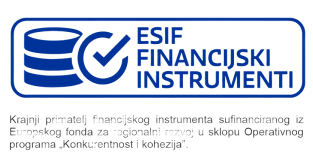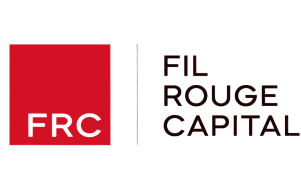

Introduction
Leather has been an integral part of human history, with its use dating back thousands of years. From ancient civilizations to modern times, leather has been valued for its durability, versatility, and aesthetic appeal. However, traditional leather production has come under scrutiny due to its environmental impact and ethical concerns. In this article, we'll take a journey through the history of leather and explore the rise of sustainable, plant-based alternatives that are reshaping the future of this iconic material.
The Ancient Roots of Leather
The use of animal hides for clothing and shelter can be traced back to prehistoric times. Ancient civilizations, such as the Egyptians, Greeks, and Romans, developed sophisticated leather tanning techniques using natural substances like oak bark, alum, and vegetable tannins. These early leather products were used for a wide range of applications, from footwear and armor to furnishings and transportation.
One remarkable example of ancient leather craftsmanship is the Egyptian chariot, which utilized leather for its body, harnesses, and shields. The durability and flexibility of leather made it an ideal material for these early vehicles, as evidenced by the well-preserved chariots discovered in the tomb of Tutankhamun.
The Evolution of Leather Tanning
Throughout history, leather tanning methods have evolved to improve efficiency and quality. In the Middle Ages, European tanners began using lime and salt to remove hair from hides, while the Industrial Revolution brought mechanization and chemical tanning agents like chromium salts. These advancements allowed for mass production and a wider range of leather types, from supple and smooth to rigid and textured.
Learn more about the environmental impact of traditional leather production in our article "The Environmental Impact of Traditional Leather vs. Plant-Based Leather".
However, the use of harsh chemicals and the reliance on animal hides has led to growing concerns about the sustainability and ethics of traditional leather production.

The Rise of Sustainable Alternatives
In recent years, there has been a surge in the development of plant-based leather alternatives that aim to mimic the properties of traditional leather while minimizing environmental impact. These innovative materials are derived from renewable resources like:
Pineapple leaves (Piñatex)
Cork oak bark
Cactus leaves (Desserto)
Mushroom mycelium (MycoWorks)
Discover how Sabant transforms barley waste from beer production into high-quality, sustainable leather in "The Journey from Barley to Leather: How We Transform Alcohol Production Waste".
These plant-based leathers offer a cruelty-free and eco-friendly option for conscious consumers and brands alike, without compromising on quality or style.
The Future of Leather
As sustainability becomes a top priority for the fashion industry, the demand for plant-based leather alternatives is expected to grow. Brands are increasingly partnering with innovative material suppliers to integrate these sustainable options into their product lines, from clothing and accessories to furniture and in the future even automotive interiors.

Explore the benefits and opportunities of partnering with Sabant to incorporate sustainable, plant-based leather into your brand's products in "Partnering with Sabant: Opportunities for Brands".
The future of leather lies in the synergy between traditional craftsmanship and cutting-edge, eco-friendly technologies. By embracing plant-based alternatives, the industry can continue to create beautiful, durable, and iconic leather products while minimizing its environmental footprint and promoting a more sustainable and compassionate world.
Conclusion
From its ancient origins to its sustainable future, leather has undergone a remarkable transformation. As we move towards a greener and more ethical fashion landscape, plant-based leather alternatives are poised to revolutionize the industry. By understanding the history of leather and embracing innovative, eco-friendly options, we can continue to enjoy this timeless material while protecting the planet and its inhabitants for generations to come.







.png&w=3840&q=75)







